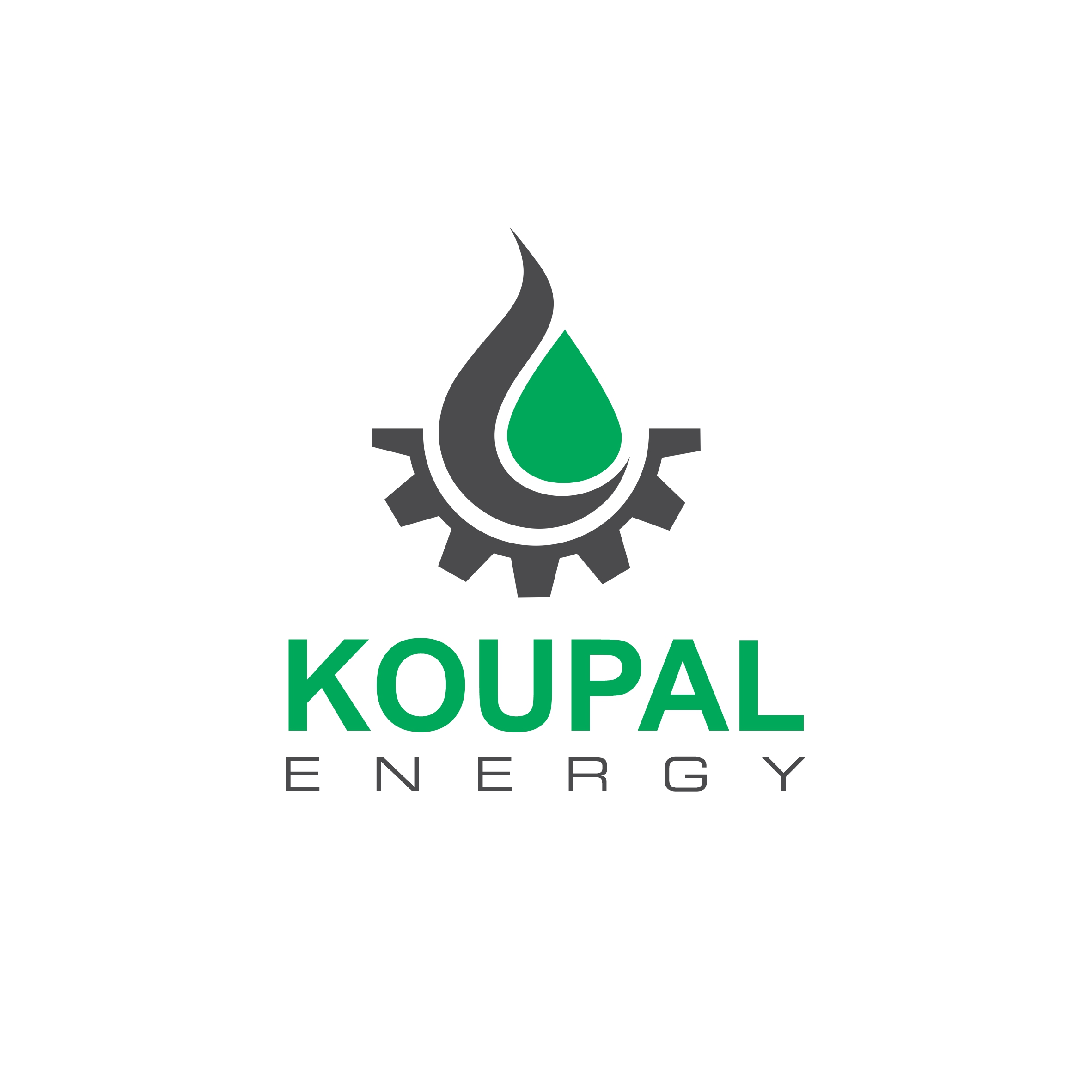Speaker
Description
Abstract
The ultimate objective of digital rock physics is to accurately predict rock properties. However, the resolution of rock images obtained from imaging techniques often involves a trade-off between image resolution and field of view (FoV) (Bai, Berezovsky et al. 2020, Sadeghnejad, Enzmann et al. 2021). The presence of heterogeneous rocks presents a significant challenge in accurate modeling due to the need to capture information at various scales. Various multi-scale modeling approaches have been employed to address this issue. In response, alternative methods have been explored to reconstruct rock images using advanced artificial intelligence algorithms, such as artificial neural networks. These state-of-the-art methods offer improved connectivity features in final images, reduced computational costs, and the ability to incorporate large-scale heterogeneities into reconstructed structures (Da Wang, Armstrong et al. 2019). However, it is crucial to recognize the challenges associated with these approaches. Super-resolution (SR) methods have emerged as a prominent solution to enhance resolution (Da Wang, Shabaninejad et al. 2021). Super resolution (SR) is an eminent system in the field of computer vison and image processing to improve the visual perception of the poor-quality images (Lepcha, Dawa Chyophel, et al. 2023).
This research aims to evaluate the speed and accuracy of deep learning methods, specifically the SR-Convolutional Neural Network (SRCNN), its modified counterpart, and the Fast-SRCNN (FSRCNN). The dataset for model evaluation consisted of a Berea sandstone sample that was scanned at the DESY PETRA-III X-ray synchrotron light source in Hamburg, Germany. In this study, an SRCNN architecture underwent two significant modifications (referred to as transient architectures) to transform into an FSRCNN architecture. Firstly, an additional deconvolution layer was integrated into the last layer of the network, enabling direct mapping between input and output images and eliminating the need for pre-processing on Low-Resolution (LR) images. Secondly, a mapping layer was formulated to compress and expand input features to enhance the mapping process. Lastly, smaller-sized filters with additional mapping layers were employed.
The results demonstrate that the FSRCNN surpasses the SRCNN and all transient architectures in terms of speed and resolution enhancement, achieving a significant improvement of over 20 times. Additionally, the petrophysical properties of super-resolved images generated by FSRCNN, SRCNN, and the modified architectures, as well as the HR images, were calculated. The porosity and permeability of the digital twins reconstructed by the FSRCNN exhibit similar values to HR images, underscoring the superiority of the FSRCNN approach in accurately capturing the intricate details of digital rocks and enhancing the reliability of subsequent petrophysical analysis.
Keywords: Digital Rock Physics; Super Resolution; Convolutional Neural Network; Petrophysical Analysis; Accuracy, Speed
References
Bai, Y., V. Berezovsky and V. Popov (2020). Super Resolution for Digital Rock Core Images via FSRCNN. Proceedings of the 2020 4th High Performance Computing and Cluster Technologies Conference & 2020 3rd International Conference on Big Data and Artificial Intelligence.
Da Wang, Y., R. T. Armstrong and P. Mostaghimi (2019). "Enhancing resolution of digital rock images with super resolution convolutional neural networks." Journal of Petroleum Science and Engineering 182: 106261.
Da Wang, Y., M. Shabaninejad, R. T. Armstrong and P. Mostaghimi (2021). "Deep neural networks for improving physical accuracy of 2D and 3D multi-mineral segmentation of rock micro-CT images." Applied Soft Computing 104: 107185.
Sadeghnejad, S., F. Enzmann and M. Kersten (2021). "Digital rock physics, chemistry, and biology: challenges and prospects of pore-scale modelling approach." Applied Geochemistry 131: 105028.
Lepcha, Dawa Chyophel, et al. "Image super-resolution: A comprehensive review, recent trends, challenges and applications." Information Fusion 91 (2023): 230-260.
| Student presentation contest | Opt in |
|---|---|
| Student Poster Contest | Opt In |
| Journal Submission | Consider for Journal Submission |




